Delhi experienced heavy fog on Friday, leading to zero visibility in certain regions and causing significant disruptions to airport operations and flights. The weather conditions created challenges for travelers and transportation throughout the city.
A significant traffic collision occurred on the Delhi-Lucknow highway in Hapur, Uttar Pradesh, on Friday morning, as multiple vehicles were involved in an accident attributed to dense fog conditions, according to a report by news agency ANI. The chaos unfolded near the Bahadurgarh station area, where visibility was severely compromised, essentially dropping to near-zero levels.
At approximately 5:30 AM on Friday, the India Meteorological Department (IMD) recorded a temperature of 9.6 degrees Celsius in Delhi. The city found itself enveloped in a thick layer of fog that further curtailed visibility in various regions, causing significant disruptions at the airport.
Airport officials communicated via the social media platform X, informing the public that the dense fog had a considerable impact on flight schedules. They cautioned that any flights lacking the CAT III navigation system, which allows for landing amid poor visibility, might encounter operational challenges. The situation prompted the country's largest airline, IndiGo, to announce on social media that the dense fog across northern India was affecting both departures and arrivals at the Delhi airport. They indicated that as the day progressed, cancellations could become necessary due to the ongoing fog conditions.
Moreover, the national capital has been grappling with the adverse effects of smog and deteriorating air quality since the onset of winter. This ongoing struggle placed Delhi in the spotlight, ranking as the second most polluted capital globally in the live rankings released recently by the Swiss organization IQAir.
The combination of cold temperatures and dense fog not only poses a threat to traffic safety but also highlights the urgent need for enhanced measures to combat air pollution in the region. As the weather conditions continue to fluctuate, it is crucial for authorities and residents alike to remain vigilant and prioritize safety on the roads while addressing the underlying issues contributing to the city's air quality crisis.
As the situation evolves, updates from the relevant authorities will be pivotal in informing the public about travel safety and air quality measures. This incident serves as a reminder of the unique challenges faced by urban centers during the winter months and underscores the importance of proactive approaches to mitigate such occurrences in the future.

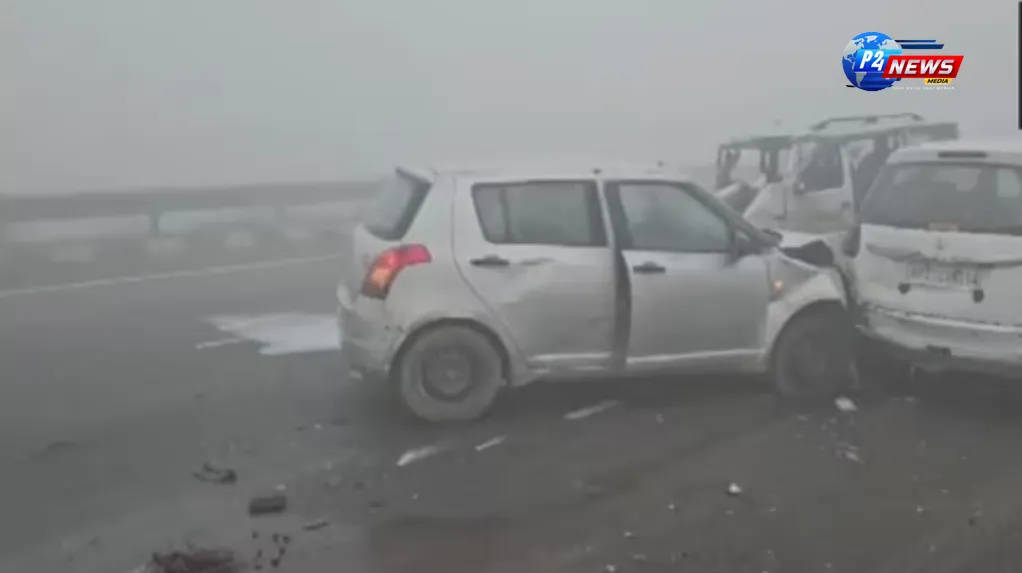
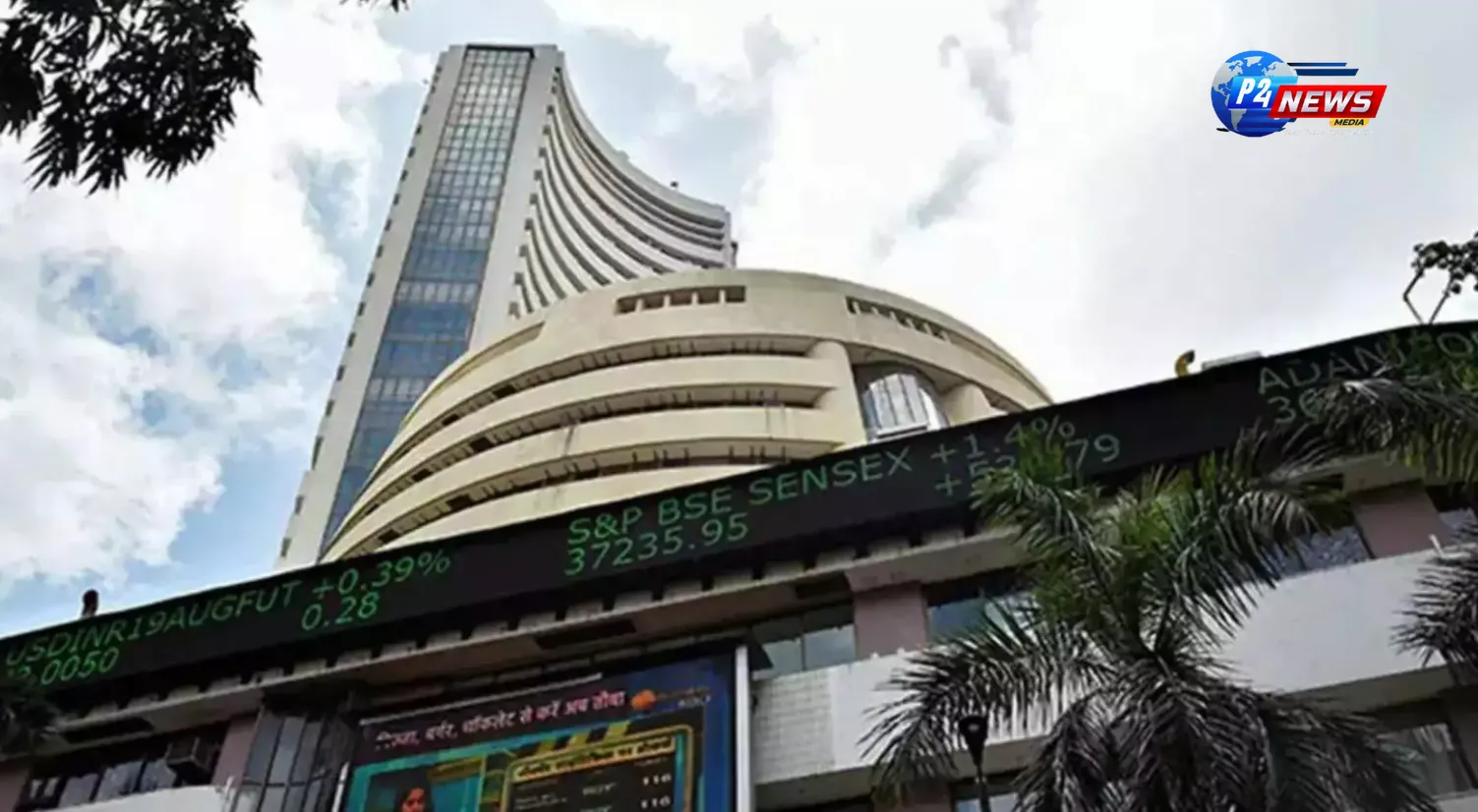
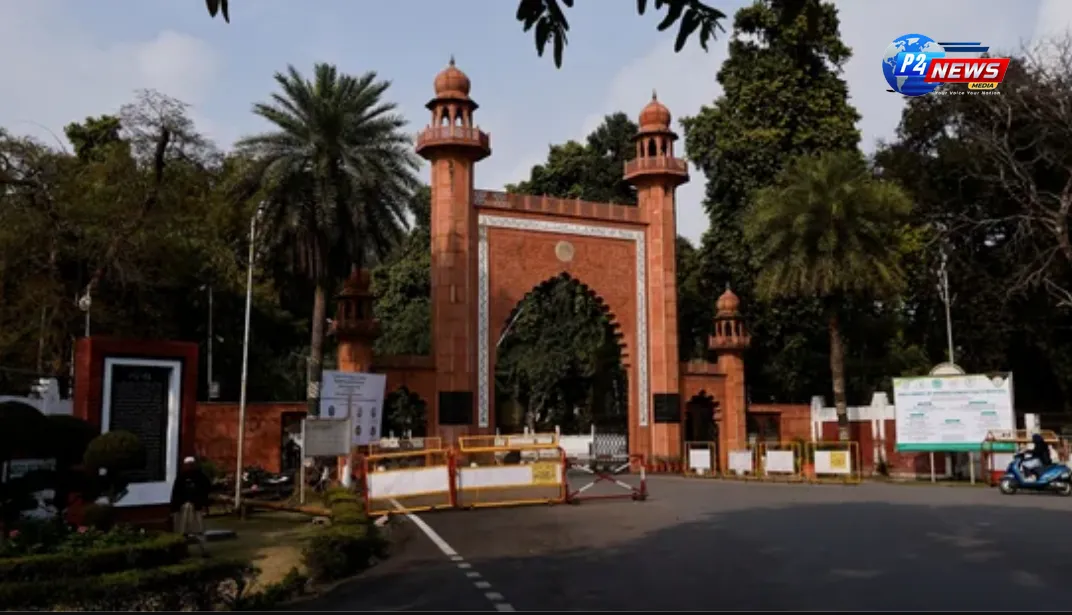








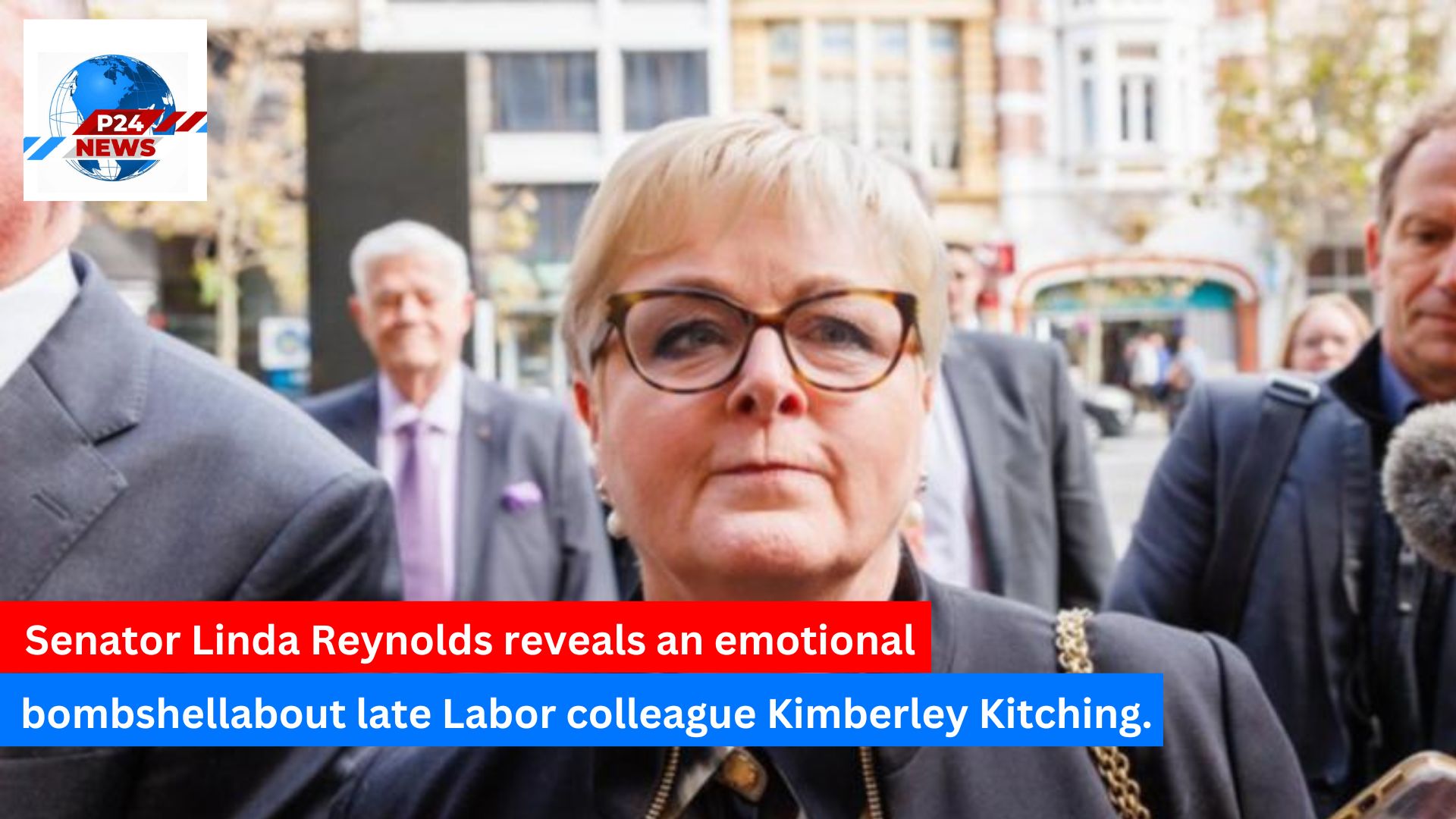

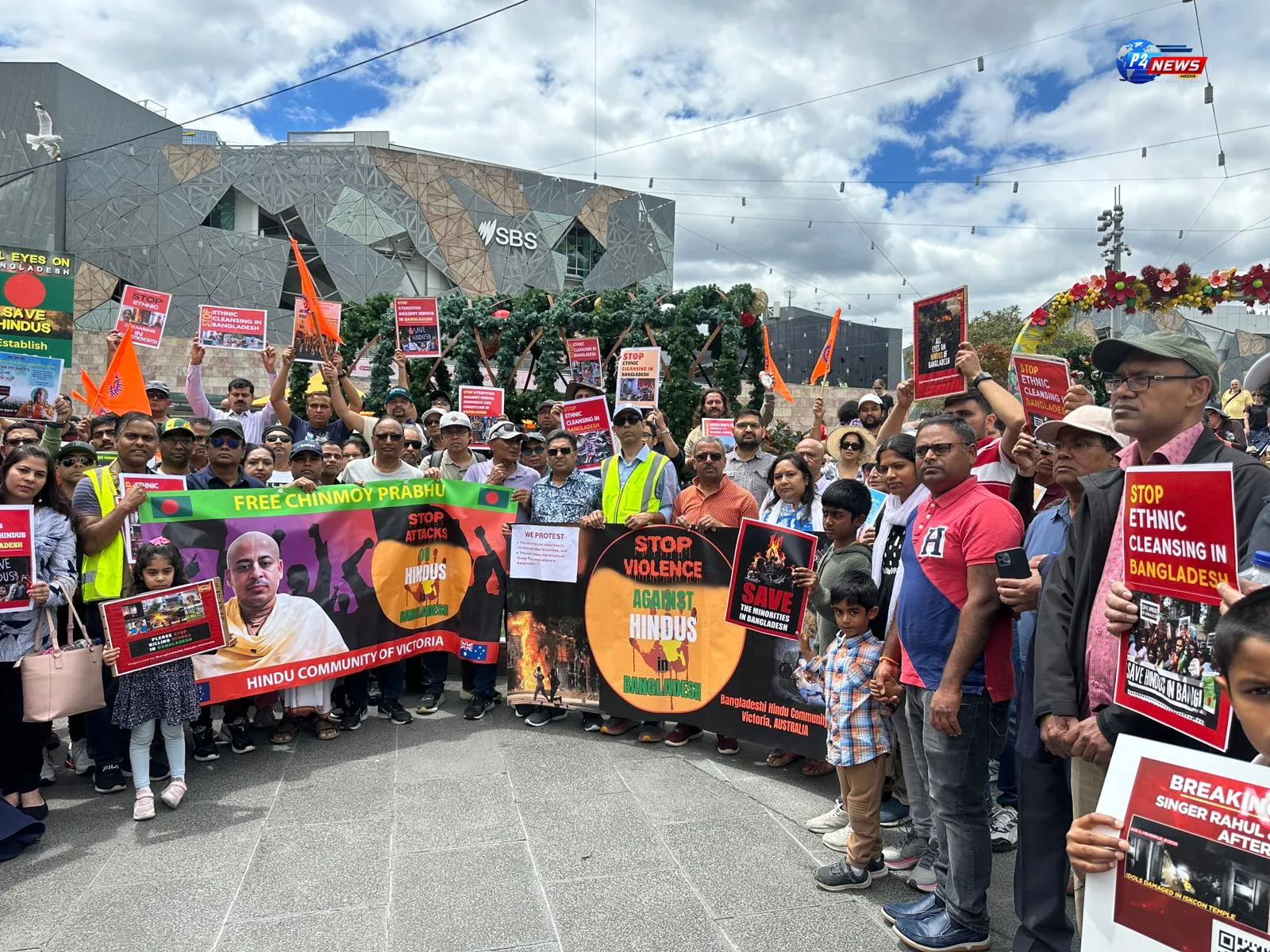

Comments 0